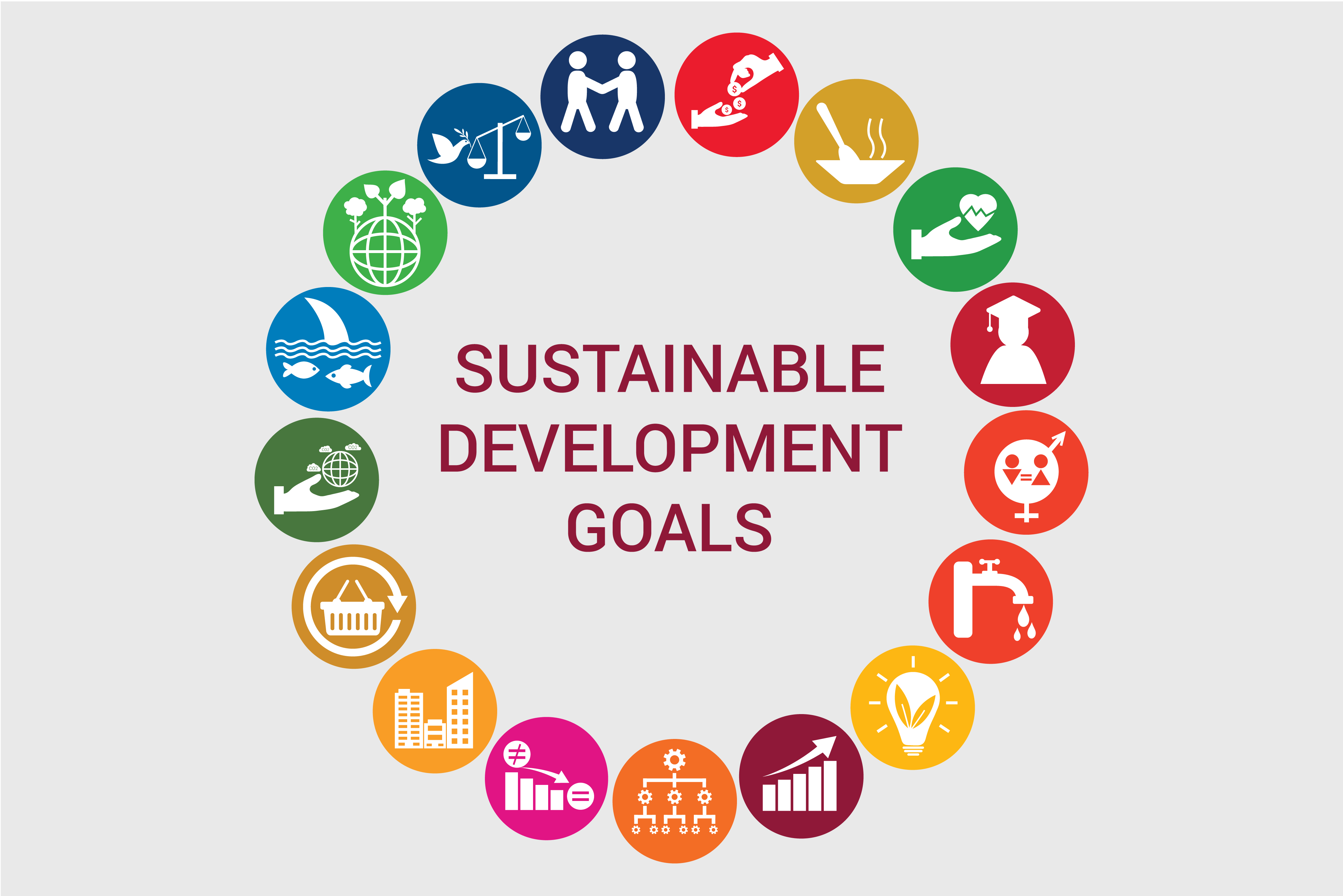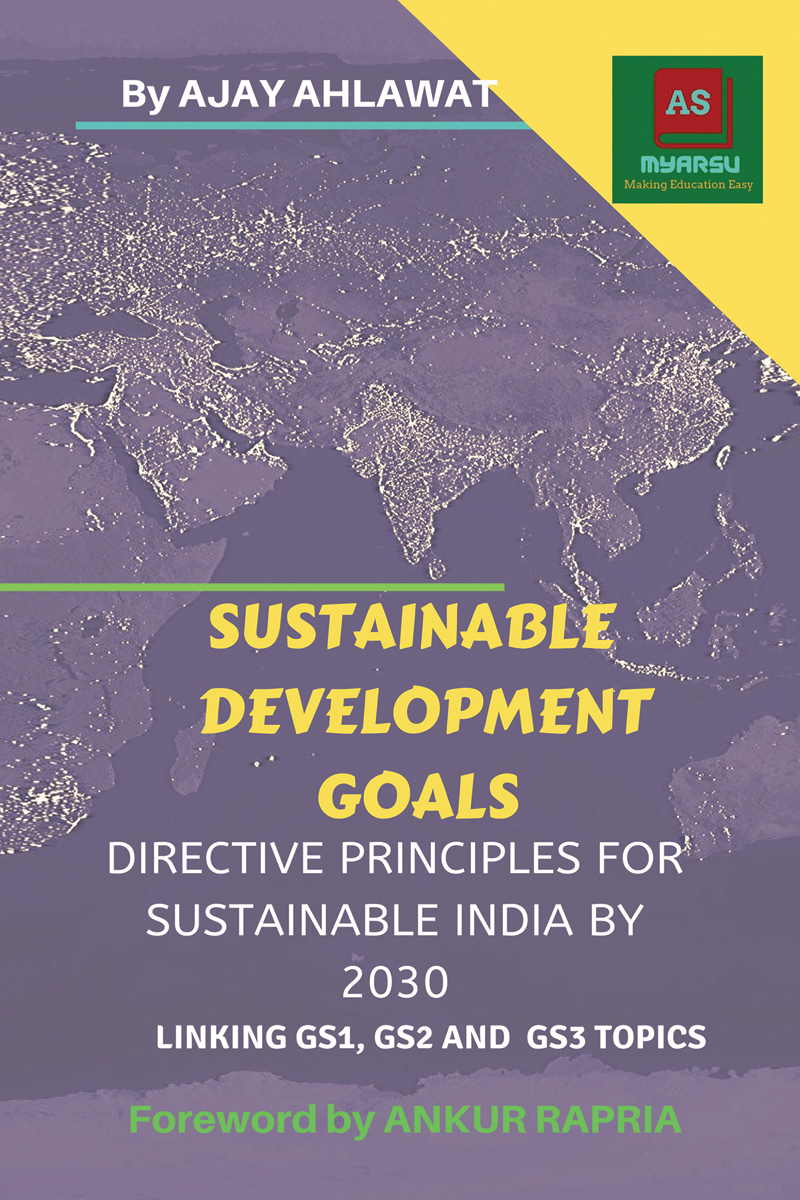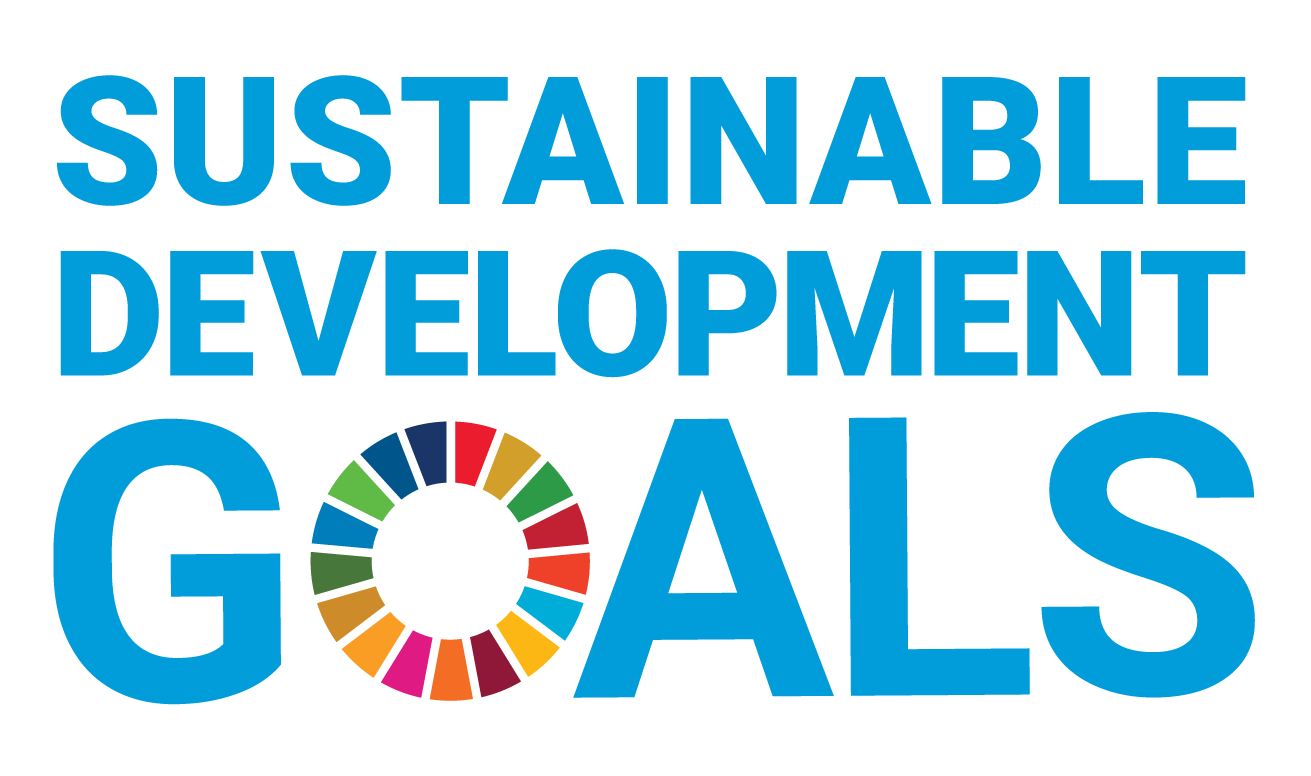

So there's been many attempts try to figure out how all of these goals lock together, which they do. What are the five "P's" of the Sustainable Develop Goals? Omer: So what are the Five P's, of sustainable development. So adapt to them into 17, easy to understand goals, the icons underneath that's available open source on global in all of the main languages on the planet, and have taken a played a very effective role to ensure this ongoing cadence of awareness. There was, people, celebrities, there was this global messaging going on project everyone, which is actually a very important resource for people that are invested in the goals, are starting to adopt the goals, want to communicate the goals, but it was it's an organization that took upon itself creating these icons to take was an incredibly complex set of goals.Īnd you can imagine with United Nations, everything that's built out underneath it, very complex for people to understand. I'm sure many people will remember you know, in 2015, in September 25th, when they were adopted, buildings in New York where, I remember Pfizer headquarters being wrapped and the sustainable development goals icons, the United Nations was lit up. The goals as they were created to great fanfare, I mean I can.

So we all should actually want to do something to drive these goals forward. And I love that, global action, local action, and people action, because it really does take all of us to come together to drive impact in some of these areas.Īnd the reality is these areas impact all of us as well. We all play a critical role in regard to advancing these goals, which have just another nine years for us to achieve these audacious goals. We need global action, we need local action, and we need people action, and really speaks to that fact that all of us play a role, whether it's business, whether it's us individually, I think the secretary general, Antonio Gutierrez, talks about, I think the beauty of the goals is that there is such broad applicability, 17 goals, 169 targets that sit underneath them written primarily for government.īut, for those of you that have had the opportunity.Īnd if not, I would encourage you to look through those targets as well, to see where they are applicable to each and every one of us in our personal lives, in our business lives, local government communities, cities, countries, regions, nations, etcetera. So, there was a lot of consultation in the three years leading up to 2015 to identify, It was very much felt that work was unfinished as it as 2015 was approaching. So, they did speak to extreme poverty, and hunger, and some of the issues that are identified in the global goals. I think it was the as background, the millennial development goals were in place through until the end of 2014, and they were goals that had been previously adopted that were applicable to developing nations. I have my handy, sustainable development global goal icons behind me, which I'm sure everybody listening to the piece will be familiar with.Īnd I think it's a really good point around it's the first time that everybody has agreed to these big audacious goals.īut can you tell us why are they so important? Why do you think that these particular goals that were chosen are important to advance our world? Why are they the ones that all of these groups could agree to? Why are these goals important? Why did the United Nations agree to them? So, I would be happy to provide more information. So, they are an incredibly powerful roadmap, that are applicable to us all. So, all countries for the first time ever came together and adopted those goals. Also, they're applicable to wherever you are on the planet. So, this was the first time all member states, all countries that are part of the United nations came together to collectively agree on what are the primary issues on the planet.Īnd, they are split into 17 goals of which many said are far too many, far too many.īut the reality is when you look at the 17 goals speak to extreme eradicating extreme poverty, and hunger, fighting for gender equality, fighting for peace, ensuring that cities are sustainable, and showing that this climate action, quality education for all. So, the sustainable development goals? Shortened to SDGs, but I think commonly called the global goals, are goals that the 193 member states of the United Nations adopted in 2015. Sue, I think one of the first places to start, I mean, I just said SDG, so I use an acronym, but What are the Sustainable Development Goals? Sue, thank you so much for joining us this afternoon to talk about the SDGs. Who is the Regional Vice President with Benevity, and our special guest today is Sue Stephenson.

My first guest is my cohost, who is Janelle St.


 0 kommentar(er)
0 kommentar(er)
